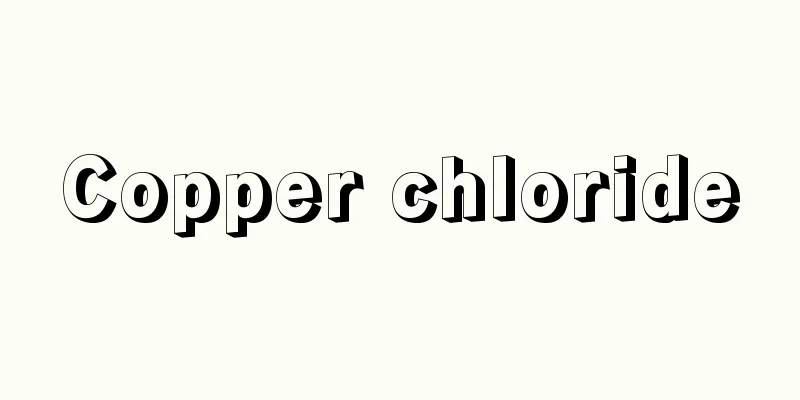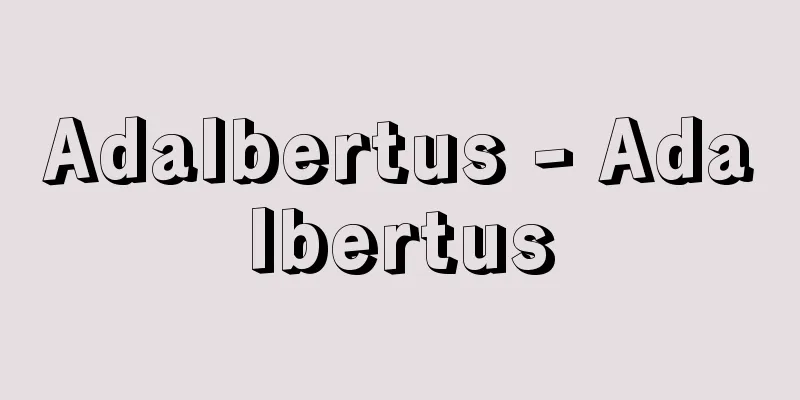Copper chloride

|
Compounds of copper and chlorine. Both monovalent and divalent compounds are known. (1) Copper(I) chloride (cuprous chloride) Sodium chloride is added to an aqueous solution of copper(II) sulfate, and the solution is precipitated with sulfur dioxide. Colorless crystals. It is easily oxidized in air and turns green. It is slightly soluble in water and ethanol (ethyl alcohol). In hydrochloric acid, it absorbs carbon monoxide to produce CuCl.CO.H2O . It is soluble in concentrated hydrochloric acid and concentrated aqueous ammonia. It is used as an insecticide, chemical reagent, etc. It is toxic. (2) Copper(II) chloride (cupric chloride) The anhydrous form and the dihydrate, CuCl 2 ·2H 2 O, are the most common. The anhydrous form is obtained by heating copper powder in chlorine, or by heating and dehydrating the dihydrate in a hydrogen chloride stream. The anhydrous form is a brownish yellow crystal. When heated, it decomposes at 993°C to chlorine and copper(I) chloride. It is highly hygroscopic and dissolves well in water. Its aqueous solution is brown when thick and green when thin. Di-, tri-, and tetrahydrate crystals are obtained from the aqueous solution. Di-, tri-, and tetrahydrates are also obtained from a solution of copper(II) carbonate in hydrochloric acid. The dihydrate is a green crystal. Its density is 2.39. It deliquesces in moist air. It also dissolves in ethanol, acetone, pyridine, etc. When heated, it loses water at 110°C, but at the same time decomposes. It is used as an oxidizing agent for aniline dyes and as a disinfectant for infectious diseases in livestock. [Nakahara Katsunori] [References] | | | | | | | | | | | [Supplementary information] | |Source: Shogakukan Encyclopedia Nipponica About Encyclopedia Nipponica Information | Legend |
|
銅と塩素の化合物。1価および2価の化合物が知られている。 (1)塩化銅(Ⅰ)(塩化第一銅) 硫酸銅(Ⅱ)水溶液に塩化ナトリウムを加え、二酸化硫黄(いおう)を通じて沈殿させる。無色の結晶。空気中では酸化されやすく、緑色となる。水、エタノール(エチルアルコール)に難溶。塩酸中では一酸化炭素を吸収してCuCl・CO・H2Oをつくる。濃塩酸、濃アンモニア水には溶ける。殺虫剤、化学試薬などとして用いられる。有毒。 (2)塩化銅(Ⅱ)(塩化第二銅) 無水和物と二水和物CuCl2・2H2Oが普通である。無水和物は銅粉を塩素中で熱するか、二水和物を塩化水素気流中で加熱脱水して得られる。無水和物は褐黄色結晶。熱すると993℃で分解して塩素と塩化銅(Ⅰ)となる。吸湿性が著しく、水によく溶ける。水溶液は濃いと褐色、薄いと緑色。水溶液からは二、三、四水和物などの結晶が得られる。炭酸銅(Ⅱ)を塩酸に溶かした溶液からも二、三、四水和物が得られる。二水和物は緑色の結晶。密度2.39。湿った空気中では潮解する。エタノール、アセトン、ピリジンなどにも溶ける。熱すると110℃で水を失うが、同時に分解する。アニリン染料の酸化剤、家畜の伝染病に対する消毒剤などに用いられる。 [中原勝儼] [参照項目] | | | | | | | | | | | [補完資料] | |出典 小学館 日本大百科全書(ニッポニカ)日本大百科全書(ニッポニカ)について 情報 | 凡例 |
<<: Sodium chloride - Sodium chloride
Recommend
Autumn in the Han Dynasty
A play from the Yuan dynasty. It has four acts an...
head gilt
… [Decorative cutting (finishing) and edge decora...
Tanabata Dance - Tanabata Dance
Tanabata dance by young girls was popular from the...
RPG - RPG (Rocket Propelled Grenade) launcher
RPG stands for "rocket-propelled grenade,&quo...
Guan Hanqing - Guan Hanqing
Date of birth and death unknown. China's lead...
"Weicheng Song"
...Based on the Tang Dynasty's Wang Wei's...
Captain Nakamura Incident
On June 27, 1931 (Showa 6), Captain Nakamura Shin...
Chinese Revolutionary Party
A secret revolutionary society organized by Sun Y...
Lifespan - Jumyo
This refers to the duration of an organism's ...
Itano [town] - Itano
A town in Itano County in the northeastern part of...
Anolis equestris (English name) Anolisequestris
… [Takahiro Matsui]. … *Some of the terminology t...
solubility parameter
…Even when the solid is a metal, the same situati...
Standard deviation - Hensa
A deviation score is a measure of how much an ind...
Closing argument and sentencing - Ronkokukyukei
The procedure for trial dates in criminal cases be...
Sugawara Manor - Sugawara no Sho
This is the oldest manor in the territory of Kitan...









